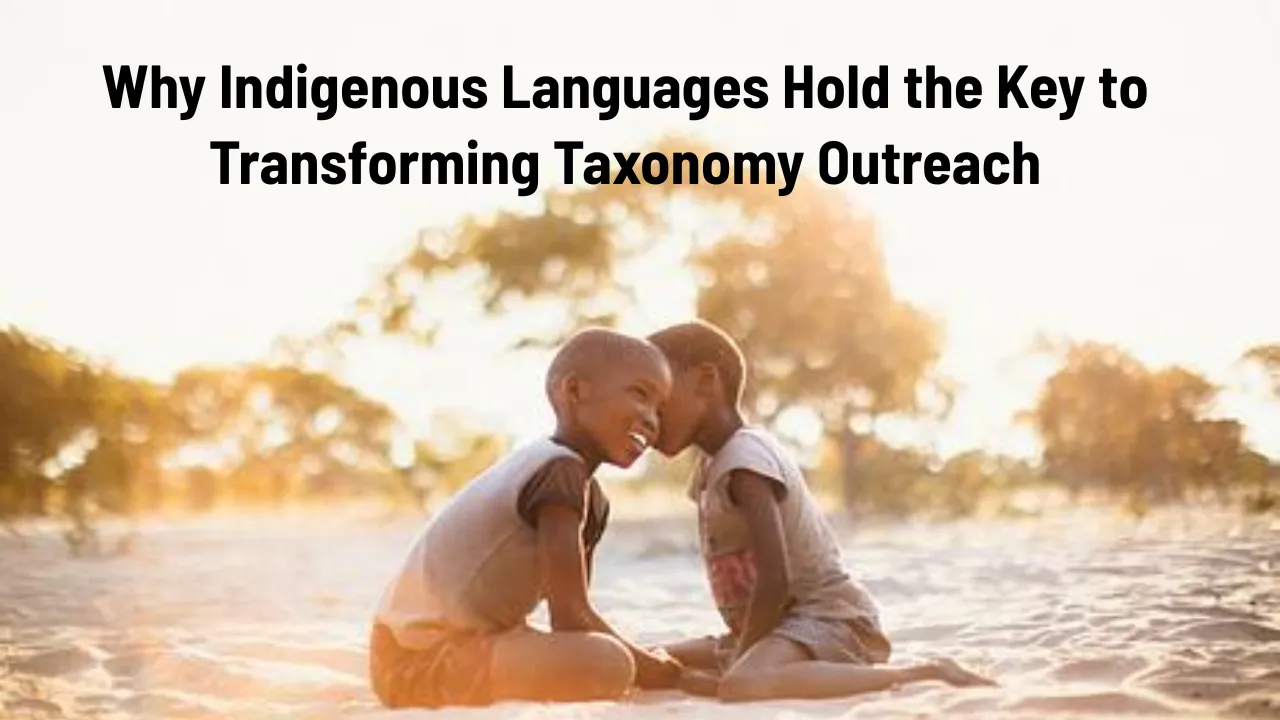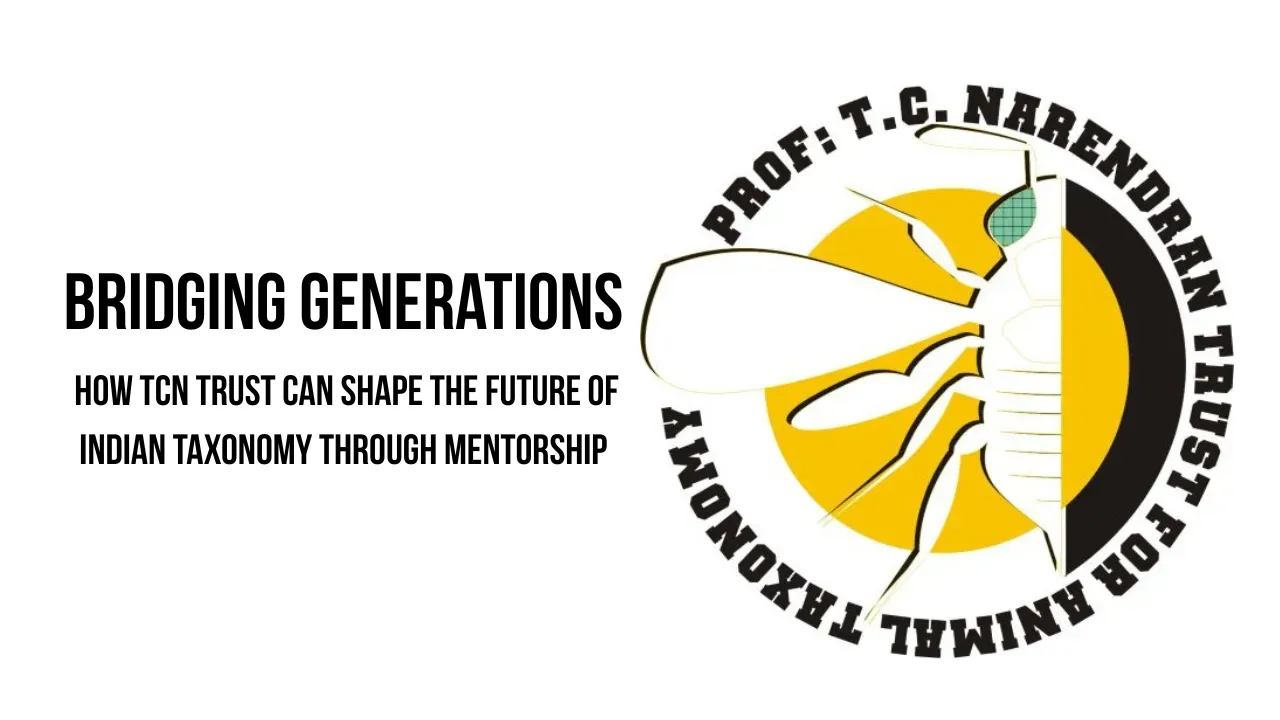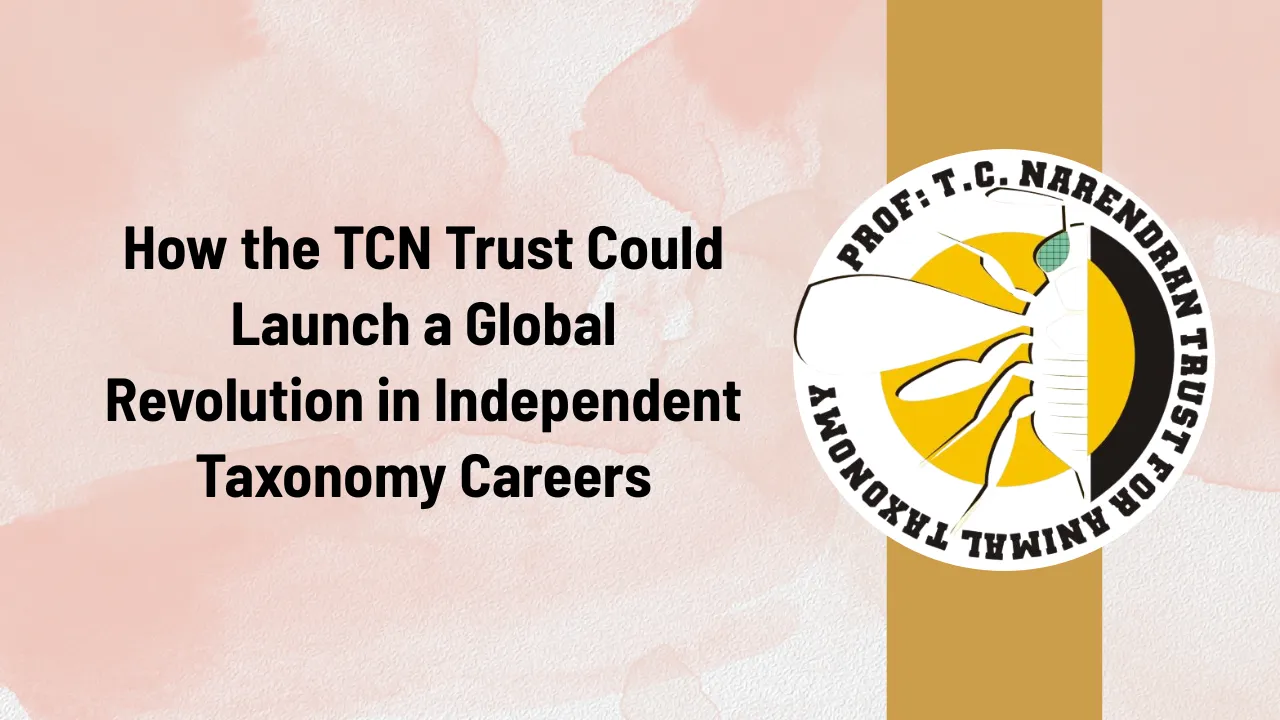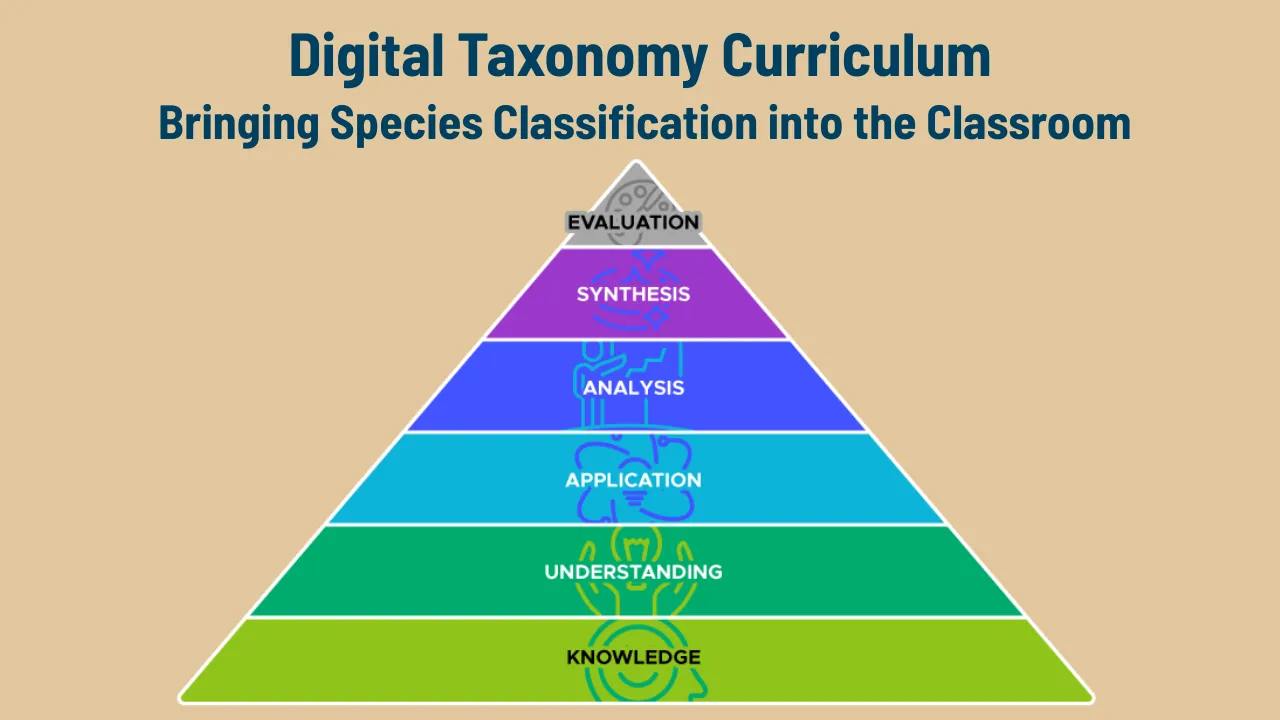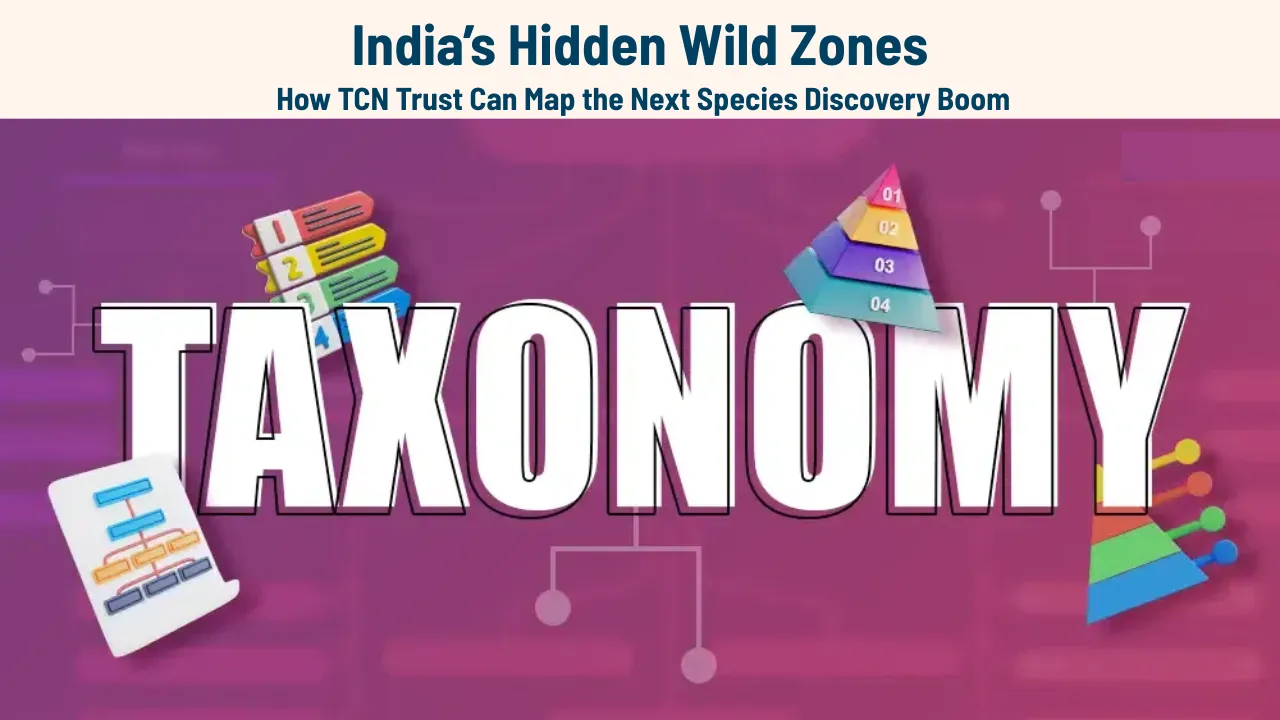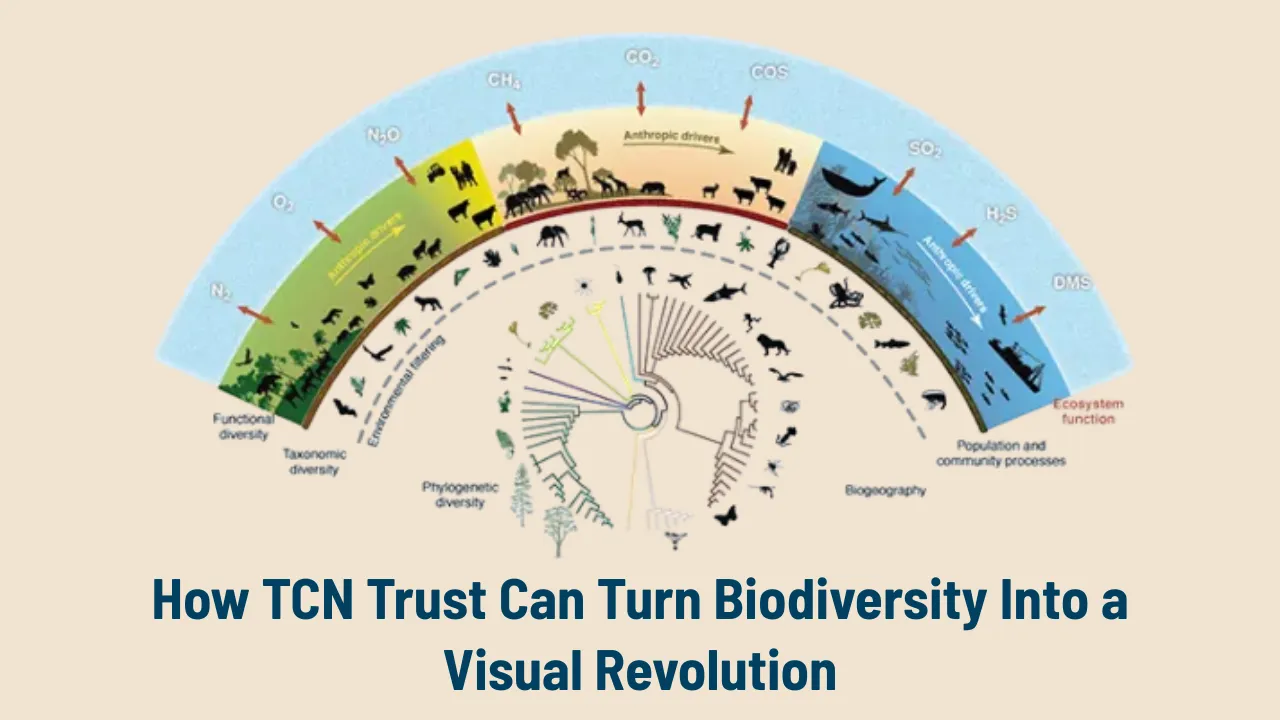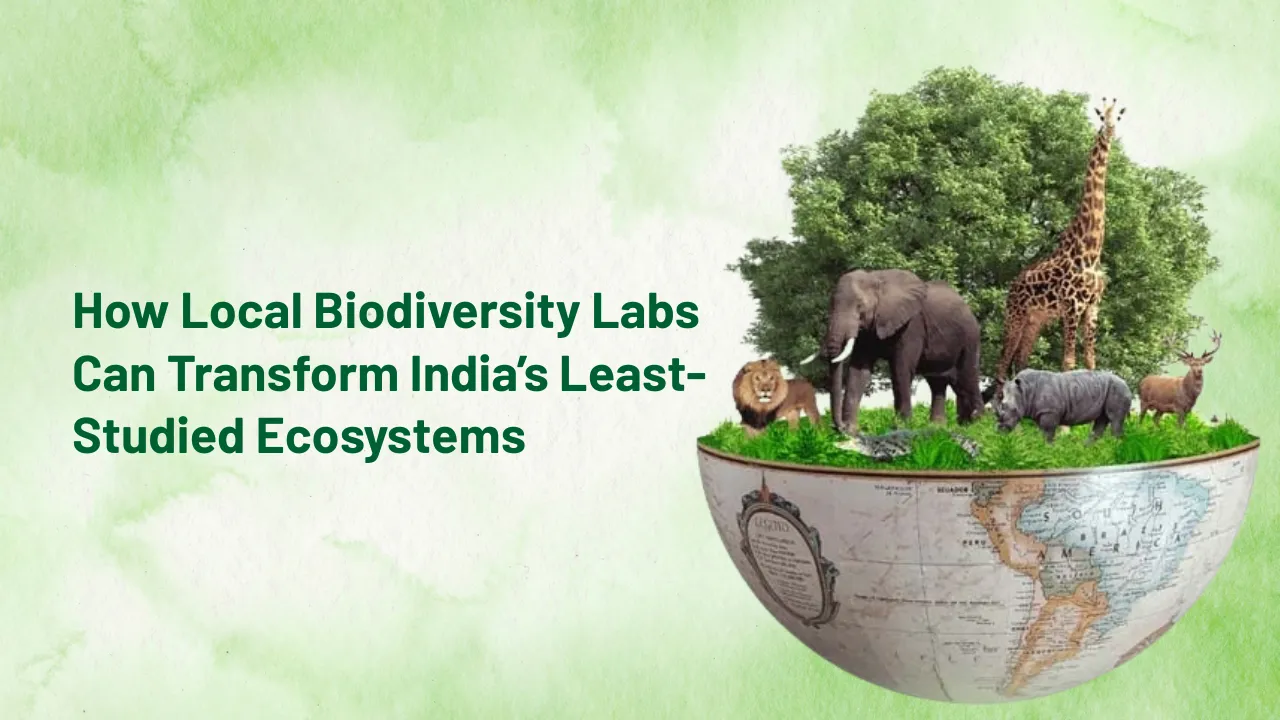Local Language Taxonomy Glossaries: Local Language Taxonomy Glossaries have the power to reconnect people with the biodiversity around them. In India and across the Global South, species identification often occurs through traditional, native-language knowledge long before any scientific classification enters the picture. Yet, despite the rich legacy of vernacular taxonomy, scientific education materials continue to rely almost entirely on English or Latin terms, distancing communities from the ecosystems they’ve stewarded for generations.
As biodiversity loss accelerates and the urgency of environmental education grows, there’s a clear opportunity for institutions like the TCN Trust to expand their outreach by embracing local linguistic knowledge. By developing multilingual glossaries and guides for regional species, TCN can amplify its mission, promote inclusive science, and create new bridges between taxonomy and cultural heritage.
Why Local Language Taxonomy Glossaries Are Crucial for Public Engagement
Developing Local Language Taxonomy Glossaries enables broader and deeper engagement with biodiversity, especially in regions where English or scientific Latin is not widely spoken. These glossaries help translate scientific classification into everyday language, allowing farmers, students, and indigenous communities to relate species names to their local context. They support vernacular taxonomy, which is deeply rooted in observation, usage, and oral tradition, and align it with formal taxonomy, making biodiversity knowledge more holistic and accessible.
This strategy doesn’t just expand the reach of taxonomy—it empowers communities as knowledge holders and conservation allies. For TCN Trust, adopting this approach can reshape its outreach initiatives and place local voices at the center of scientific education.
Overview of Vernacular Glossary Integration Strategy
| Key Component | Implementation Plan |
| Language and Region Mapping | Identify biodiversity-rich regions and associated dialects |
| Community Engagement Workshops | Document local species names through participatory meetings |
| Scientific Verification | Cross-reference vernacular names with valid taxonomic descriptions |
| Glossary Design and Formatting | Develop user-friendly, illustrated, multilingual materials |
| Educational Outreach | Distribute materials in schools, libraries, and community science clubs |
Understanding the Role of Vernacular Taxonomy
Taxonomy is traditionally framed in Latin and English, which supports standardization across disciplines but creates barriers to understanding at the local level. Vernacular taxonomy, however, is built on centuries of ecological familiarity. It contains a nuanced awareness of species characteristics, uses, seasonal patterns, and cultural meaning—all conveyed through indigenous languages.
When we neglect vernacular taxonomy in education, we lose out on a rich source of biodiversity literacy. Creating local language taxonomy glossaries preserves these oral traditions, validates cultural biodiversity, and helps bridge the gap between traditional ecological knowledge and formal science. It’s an approach that supports both conservation and cultural resilience.
How TCN Trust Can Lead the Initiative
The TCN Trust, with its commitment to biodiversity documentation and education, is in a strong position to lead this innovative direction. Here’s how this initiative can unfold:
- Build Cross-Disciplinary Teams
Assemble a collaborative team of taxonomists, linguists, teachers, and local knowledge keepers. This mix ensures scientific accuracy and linguistic authenticity. - Conduct Field-Based Knowledge Mapping
Organize biodiversity walks and workshops with local communities. Record how people identify and describe flora and fauna using native terms. - Develop Illustrated Vernacular Glossaries
Design glossaries that are visually rich, with side-by-side listings of local and scientific names, habitat descriptions, and cultural notes. - Prioritize Open Access and Reusability
Use digital formats with Creative Commons licensing, so materials can be shared, printed, and adapted across states and languages. - Integrate with Curriculum and Citizen Science
Partner with schools, eco-clubs, and citizen science programs to introduce glossaries into learning modules and field activities.
Benefits of Multilingual Taxonomy Glossaries
- Bridges Science and Tradition
Connects formal classification with traditional ecological knowledge systems. - Improves Species Recognition
Helps learners connect with species they already know by local names, reducing learning barriers. - Inspires Community Conservation
When species are named in familiar language, they are seen as part of the community’s identity. - Strengthens Regional Educational Content
Glossaries can enrich textbooks, mobile apps, and signage in public nature spaces. - Preserves Linguistic and Biological Diversity
Supports dual conservation goals by protecting both species and native languages.
FAQs
Why are local language glossaries important for taxonomy?
They make biodiversity knowledge accessible to people in their own language, improving awareness and encouraging local engagement.
How do you ensure the accuracy of local species names?
By validating vernacular names with the help of taxonomists and comparing descriptions with formal identification keys.
Who can benefit from these glossaries?
Students, teachers, community members, farmers, forest officials, and anyone involved in conservation or education.
Are there risks in using vernacular names scientifically?
While some local names may refer to multiple species, proper cross-referencing and careful glossary design can prevent confusion.
How can communities be involved in glossary creation?
Through storytelling sessions, participatory field surveys, and co-authoring of materials based on shared knowledge and language.
Final Thought
If taxonomy is the foundation of understanding life on Earth, then language is the bridge that connects this understanding to people. Local Language Taxonomy Glossaries offer a way to ground biodiversity knowledge in lived experience, not just lab reports. For the TCN Trust, this initiative can become a defining feature of its outreach—one that honors local voices, revitalizes indigenous knowledge systems, and strengthens our collective commitment to conservation.
By translating scientific names into words that carry cultural, emotional, and ecological meaning, these glossaries can help people rediscover the richness of the natural world—starting with the names they’ve always known. The next generation of taxonomists, conservationists, and educators may well speak many tongues, but they will share a common goal: making biodiversity knowledge belong to everyone.
Have a local name for a species? Want to see your region’s biodiversity in your language? Reach out to TCN Trust and help to build the glossary your community deserves.
